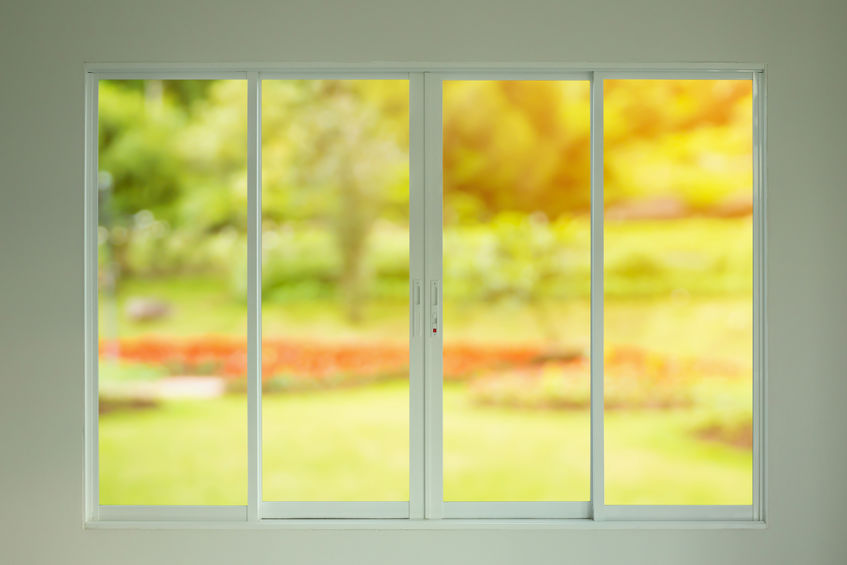Step aside “glass window.” There’s a new material in town that wants to take your place.
And that material is … “wood?”
Yes, believe it or not, windows made of wood are nearing commercial application. But just how can you take something that is hardly see-through like wood and make it transparent? The process is a bit complicated, but explained in a recent article on Planet Ark:
“Production of the material requires a few untraditional steps. Lignin, an important component of wood’s durability and light-absorbing abilities, is removed. Acrylic then replaces the pores of the removed lignin in order to reduce light scattering. This allows the wood to bare heavy loads. Even though acrylic is non-biodegradable and water-repellent, it benefits the material by restoring the strong infrastructure of the wood.”
The eco-benefits of wood windows are that they have huge energy-saving potential for consumers. This is because they are much better at trapping heat than glass, thus lowering utility bills. They also can replace plastic windows, reducing waste that can pose difficult to manage.
Of course, there are some challenges to overcome. Opaqueness and durability have been problems hindering the adoption of wood windows by builders, but some Chinese scientists believe they may have made a breakthrough on this matter as well. As reported in Inside Science:
“Instead of boiling the wood in bleaching solutions to strip it of its lignin — the stuff that makes wood opaque — the researchers steamed the wood with hydrogen peroxide over several hours before backfilling the stripped-down wood panels with transparent resin. According to the authors, their technique can remove more lignin deeper into the wood grains, which makes the final product more transparent. They also claim that by steaming instead of boiling the wood, the wood’s cellular structure can remain relatively intact (chefs would know), which makes the final product stronger.”
Time will tell whether these new breakthroughs concerning wood will shatter the notion that windows are best made with glass.
